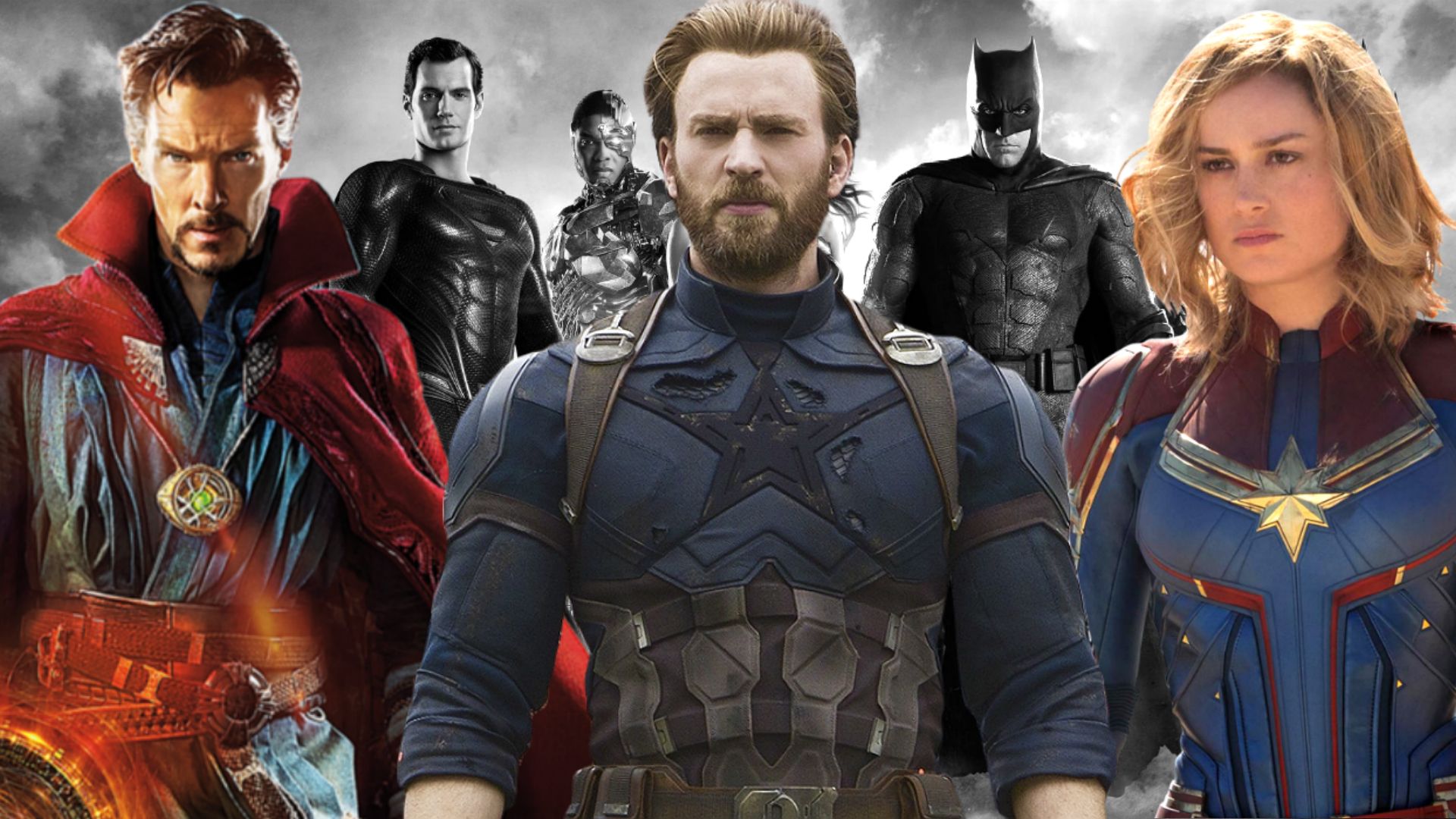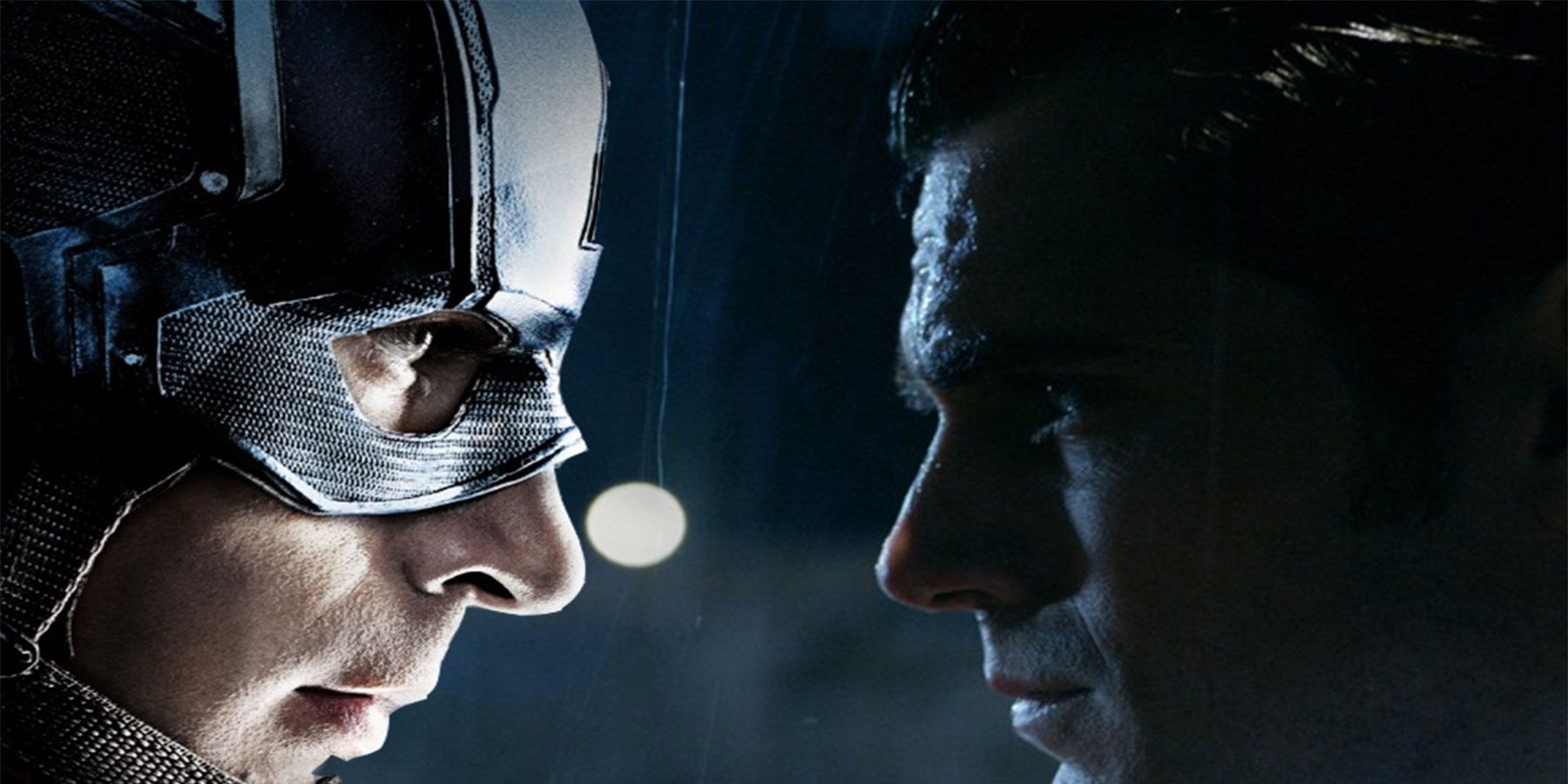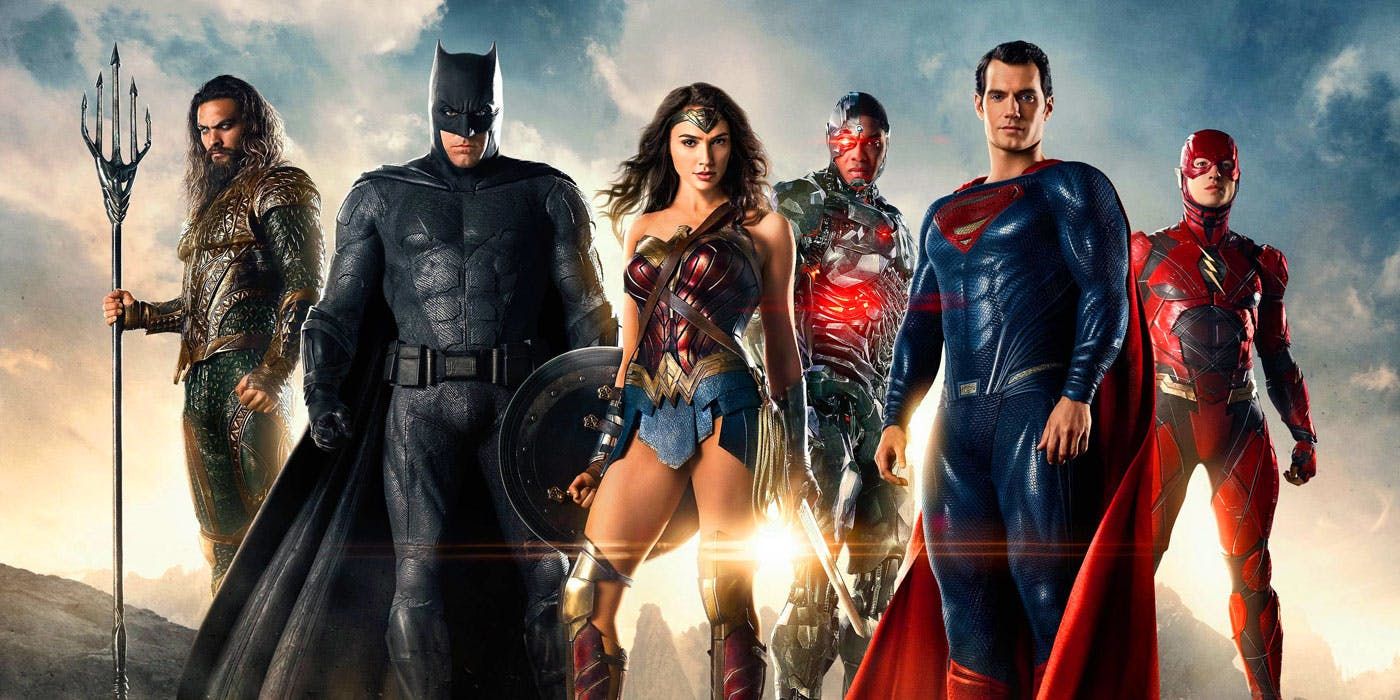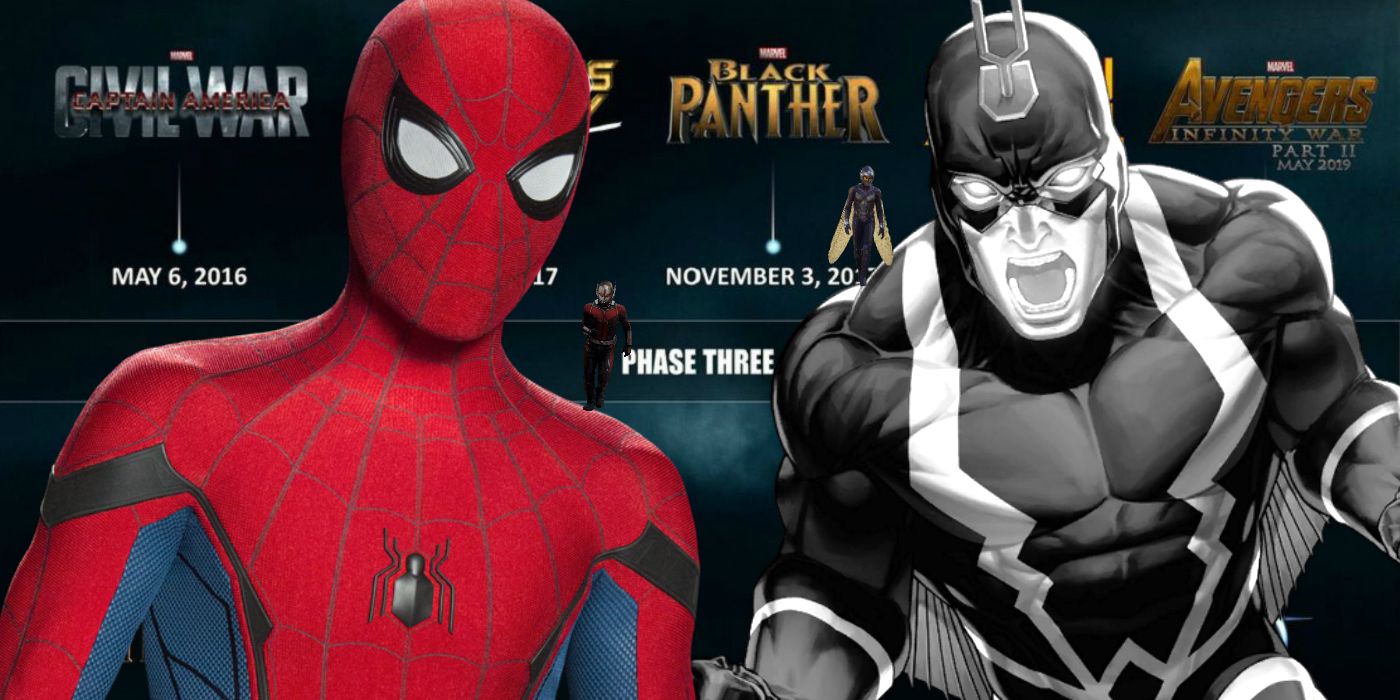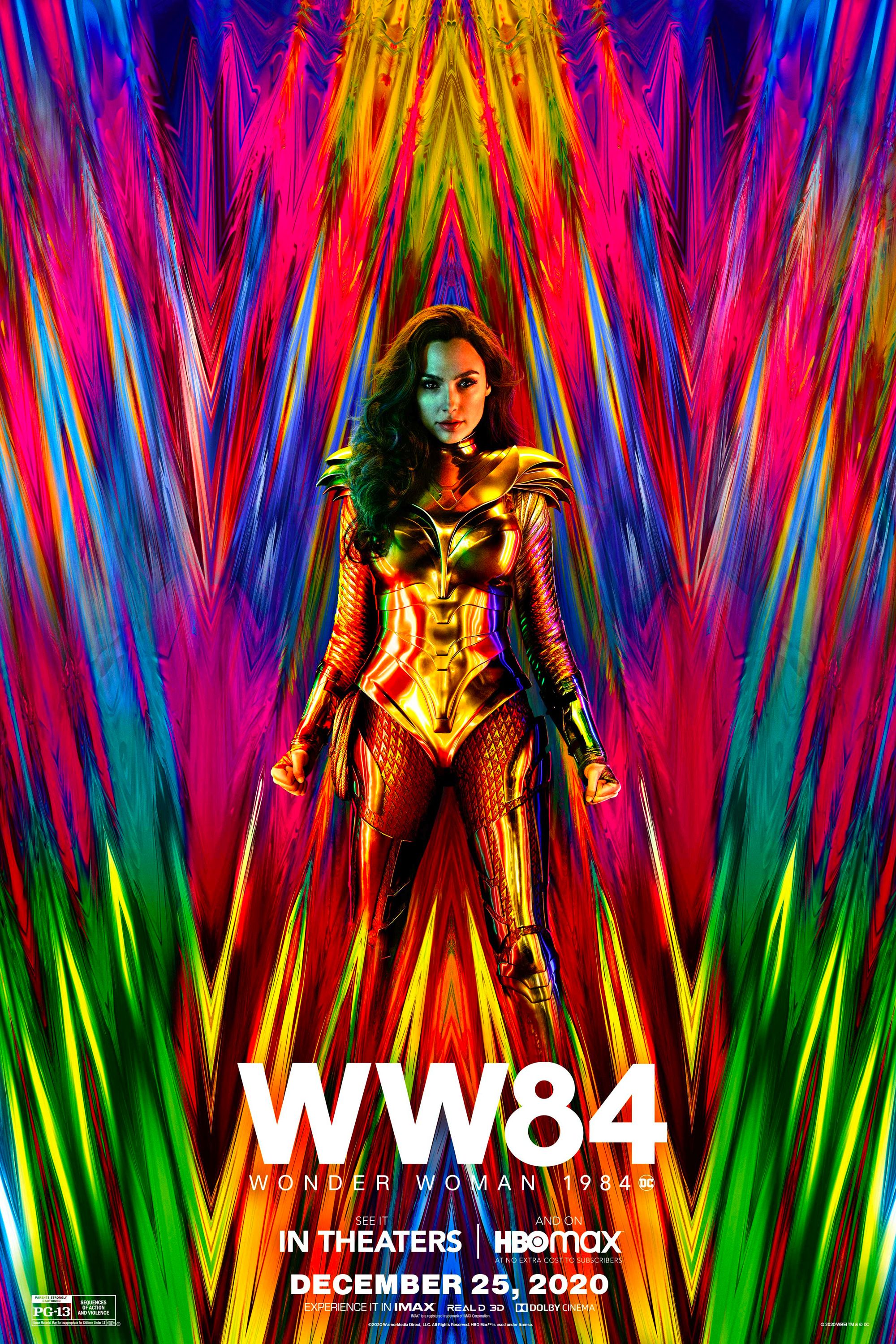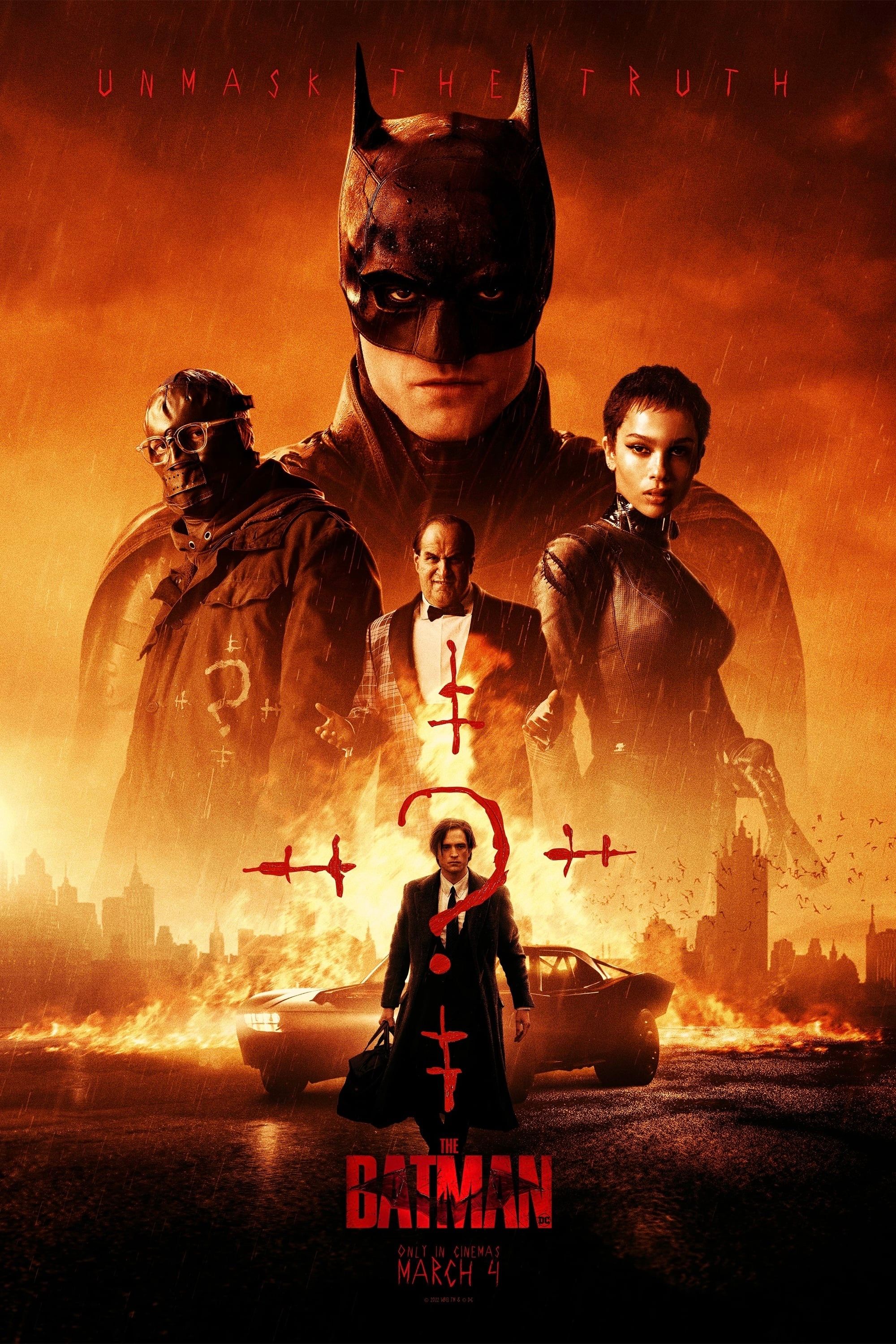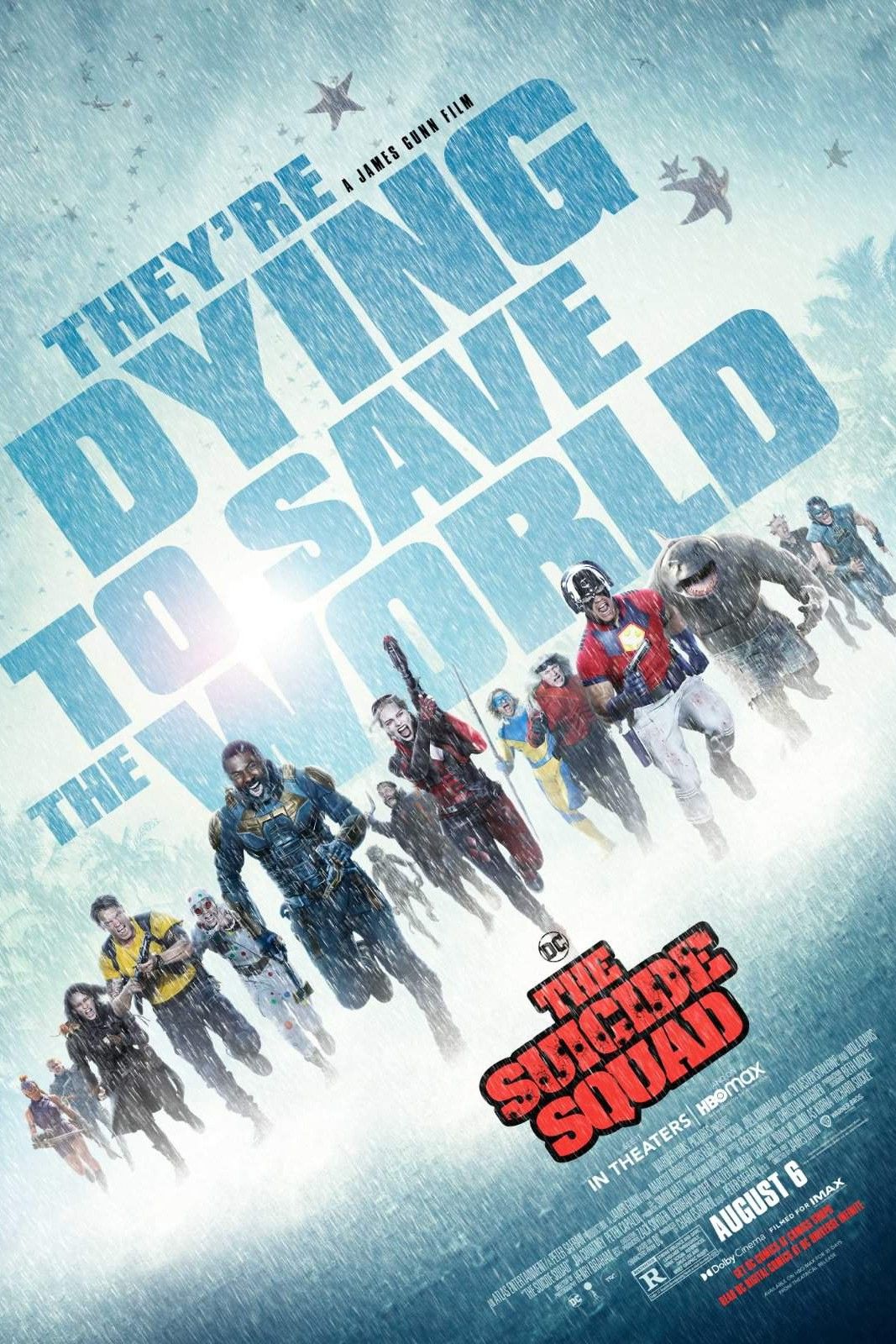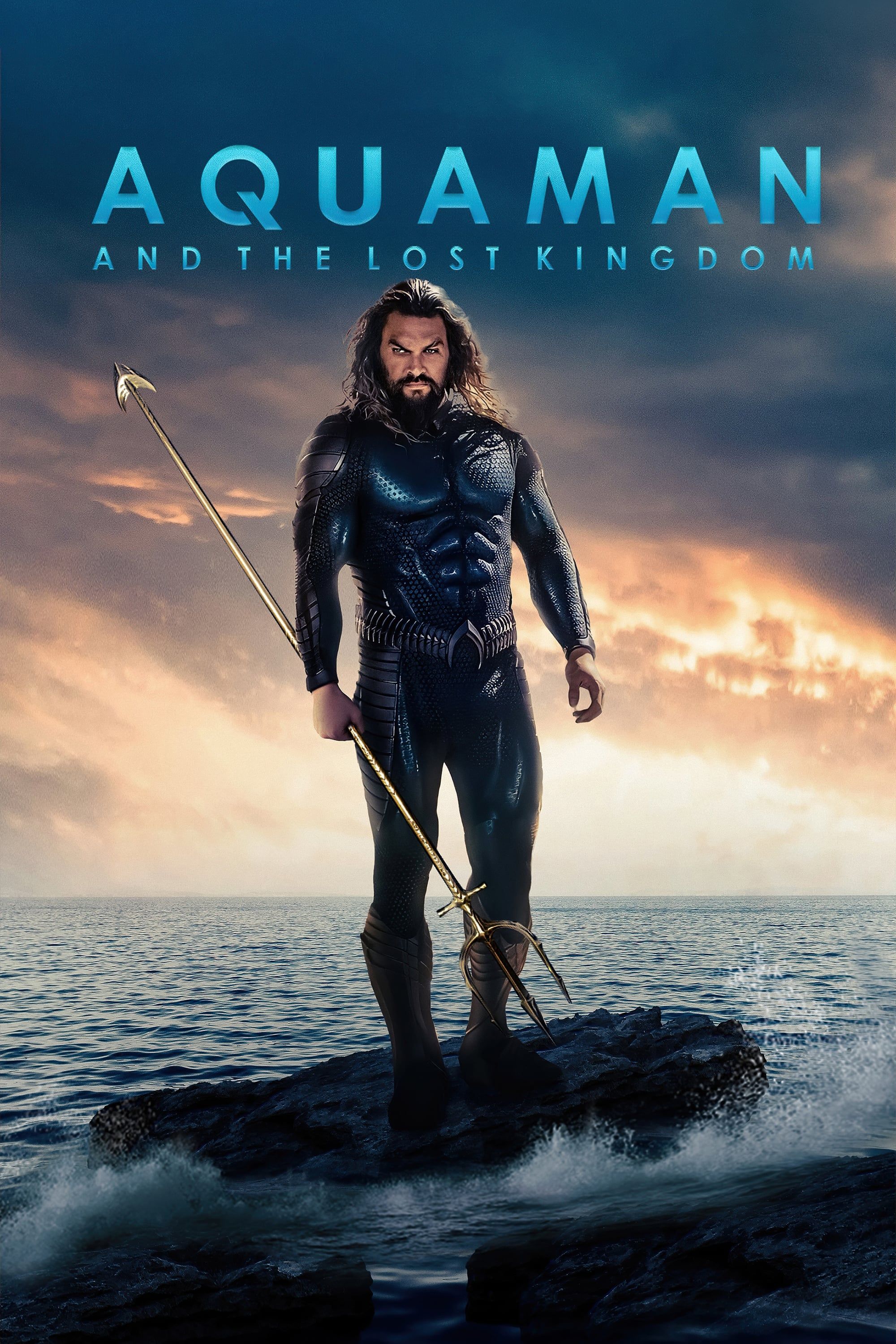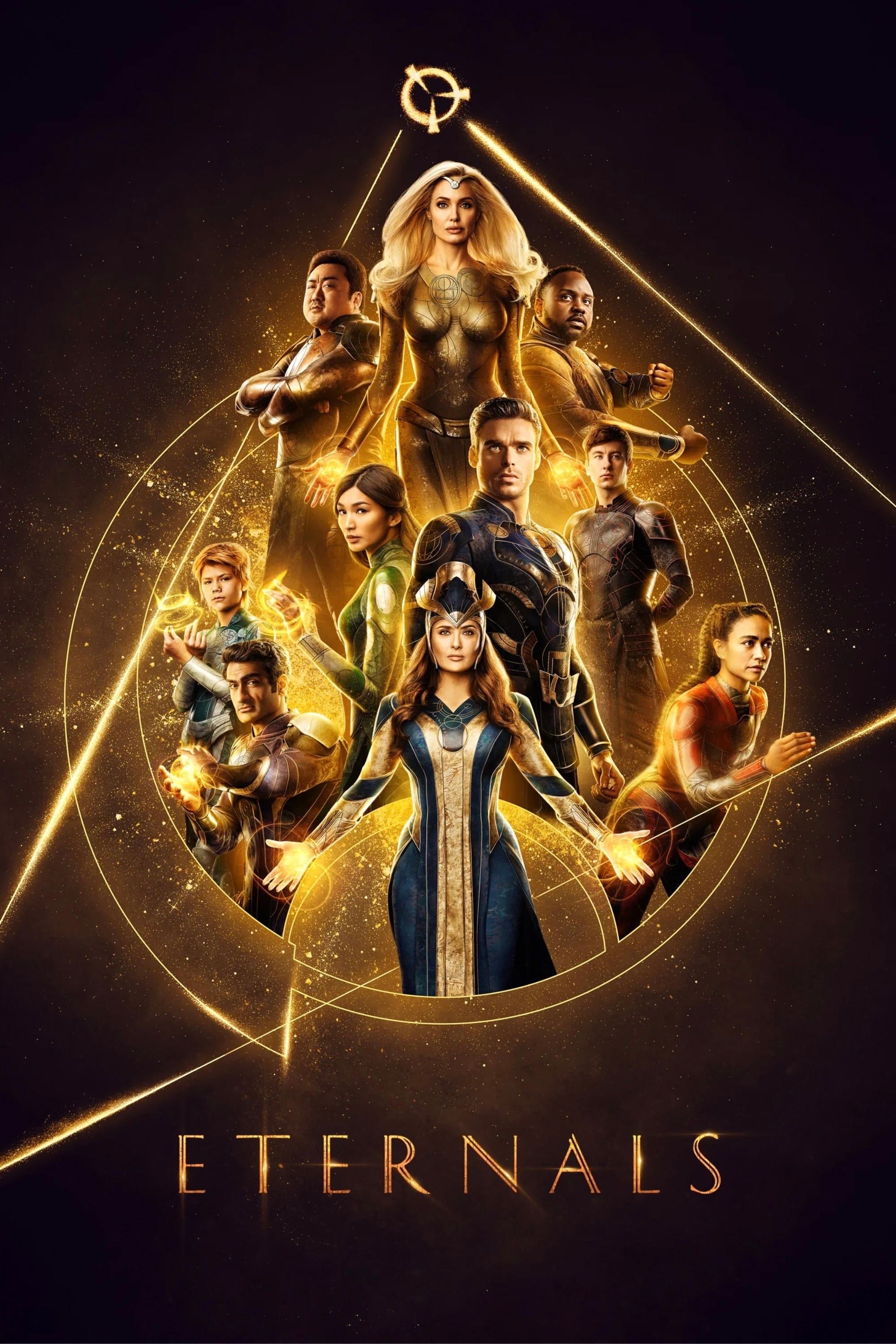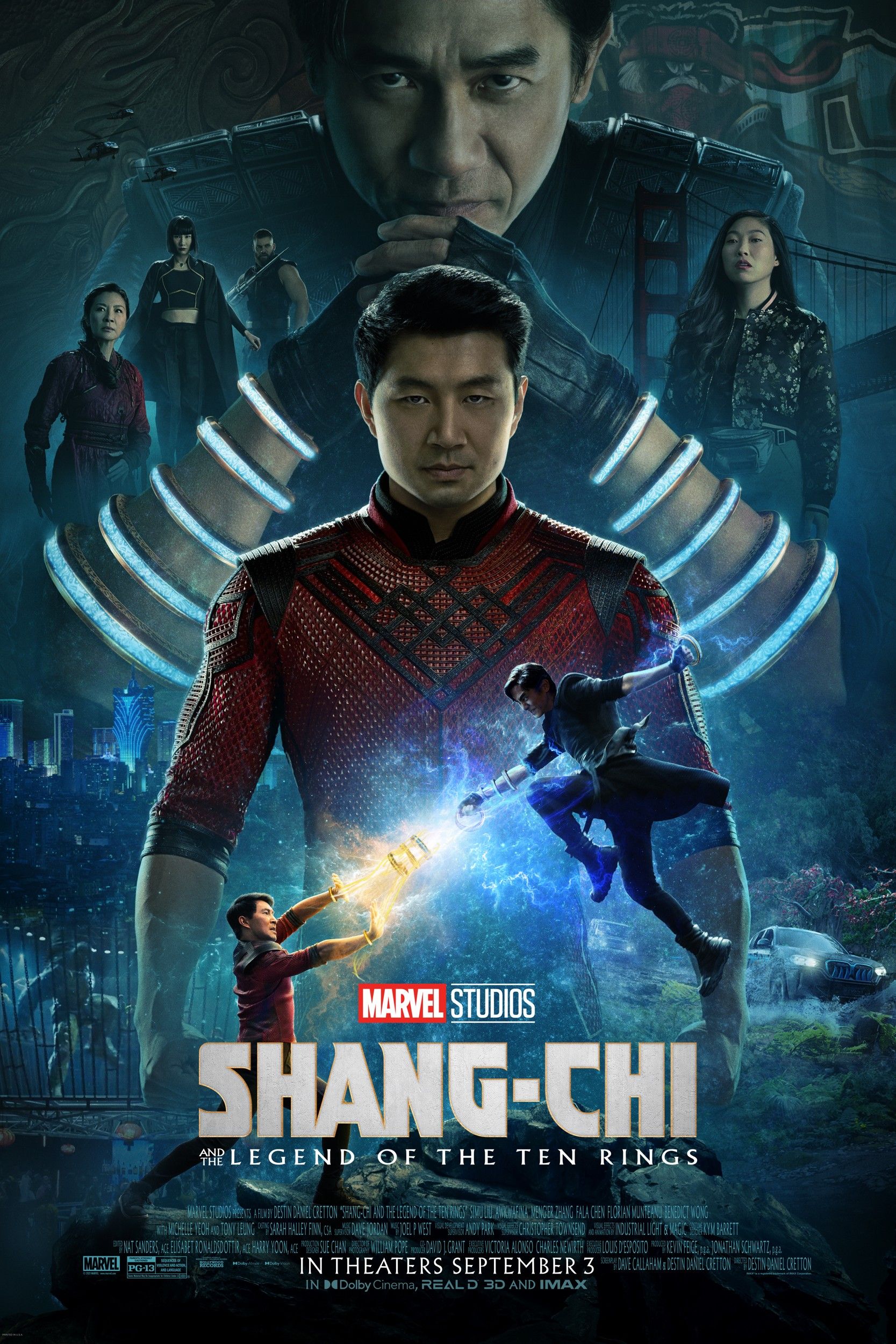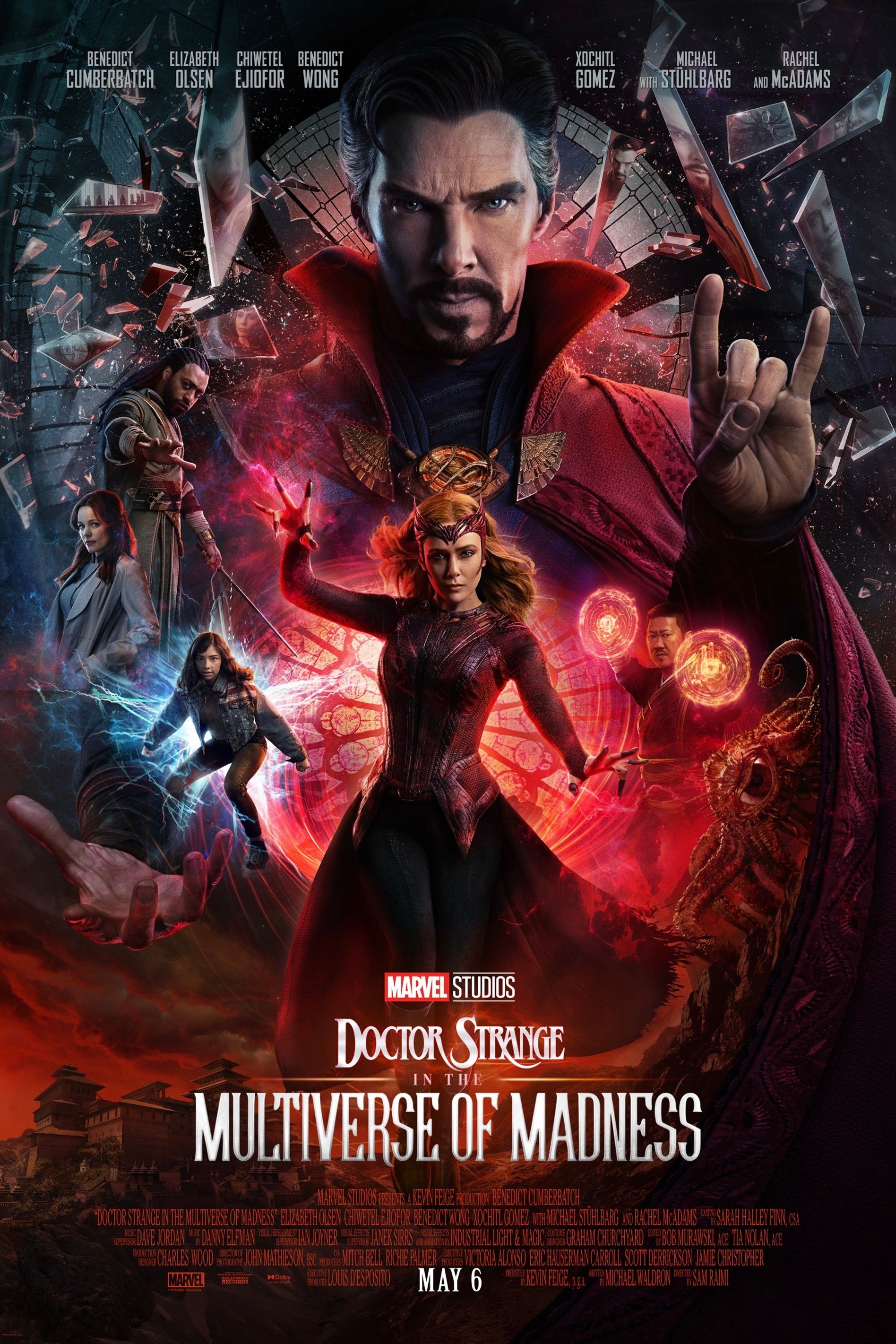Five years ago, Warner Bros. and Marvel Studios laid out their films slate for the DCEU and MCU respectively around the same time, but to very different results. So why did Marvel's Phase 3 plans run smoother in execution than DC's?
Comic book movies have dominated the box office in the last few years, thanks primarily to Marvel, who have released 13 movies since that Phase 3 announcement back in 2014 (11 of which made up Phase 3 itself), all of which have been at least somewhat commercially successful. In that same time, DC has released seven movies, including the non-DCEU Joker, although fortunes there have been a little more mixed.
The two biggest players in the superhero film sandbox have a string of new releases plotted for the next few years, with no sign of things slowing down. But before we look into their futures, we examine how they executed their previously-laid-out plans, and why Marvel was able to nail most of its confirmed schedule while the DCEU had a variety of stumbles and missteps.
Marvel & DC's Phase 3 Announcements Were Very Similar
Guardians of the Galaxy Vol. 2
In mid-October of 2014, Warner Bros. announced their DCEU slate for the next few years consisting of 10 films such as Batman V Superman: Dawn of Justice (May 2016), Suicide Squad (August 2016), Wonder Woman (June 2017), Justice League Part One (November 2017), The Flash (March 2018), Aquaman (July 2018), Shazam! (April 2019), Justice League Part Two (June 2019), Cyborg (April 2020) and Green Lantern (June 2020). At that point, they only had Zack Snyder's Man of Steel starring Henry Cavill in their budding franchise, but the line-up looked solid - full of familiar characters headlining their own movies. Given this, DC fans all over the globe rejoiced especially with the potential that ensemble films such as BvS and the Justice League posed.
Two weeks after Warner Bros.' announcement, Marvel Studios followed suit by confirming their Phase 3 slate - MCU's biggest and longest phase thus far. The lineup consisted of eight movies: Captain America: Civil War (May 2016), Doctor Strange (November 2016), Guardians of the Galaxy Vol. 2 (May 2017), Thor: Ragnarok (July 2017), Black Panther (November 2017), Captain Marvel (July 2018), Inhumans (November 2018) and Avengers: Infinity War Parts 1 and 2 (May 2018 and 2019) - which eventually became Avengers: Infinity War and Avengers: Endgame. During that time, Marvel Studios was on the brink of releasing the much-anticipated Avengers: Age of Ultron, as well as Ant-Man.
While the studios essentially did the same thing here, the big difference was how they made their respective announcements. Warner Bros. opted to reveal their slate during its big shareholder meeting which was closed-door and without any press coverage. Details for their future plans just started to make their way online through reports from various outlets. Marvel Studios, on the other hand, made such a big splash with an organized event at El Capitan Theatre in Los Angeles where press people were invited. Kevin Feige took the stage, and while they barely revealed anything significant other than the release dates, they planned the Phase 3 release event that it was both fun and exciting to watch, drumming up hype for what's to come in the MCU. Feige even pulled a ruse about Civil War being Captain America: Serpent Society. There was clearly some theatrics involved as they used an Age of Ultron clip to set up the reveal and had Robert Downey Jr. and Chris Evans appear on stage to help announce Chadwick Boseman's casting as T'Challa/Black Panther.
The DCEU Plan Relied Too Heavily On Justice League
Warner Bros. announced a four-year schedule (from 2016-2020) for the DCEU after only releasing Man of Steel on good faith that Batman V Superman and Justice League would be resounding successes. The studio expected their ensemble films to function like 2012's The Avengers. By then, Marvel Studios had already released five standalone movies starring their core heroes, all relating to each other one way or another. It's worth noting, however, that not all of them were hits. After Iron Man, The Incredible Hulk and Iron Man 2 were big let downs. Fortunately, riskier projects such as Thor and Captain America: The First Avenger turned out to be solid movies. Despite an imperfect Phase 1, Feige stuck with their plans leading to the Joss Whedon blockbuster. It was only then that it became clear how the MCU's format can actually work sustainably moving forward.
Sadly, as fans know, this wasn't the case for the DCEU. Despite being a box office hit, BvS was met with divisive reviews, which in turn negatively affected Justice League's production. Due to a purely reactionary move, Warner Bros. meddled with Snyder's vision for the film, which involved multiple script re-writes, a mandatory two-hour runtime, and ultimately a last-minute director switch (ironically, with Whedon replacing Snyder). Given the behind-the-scenes turmoil, it's not surprising that the end result wasn't well-received by both critics and fans alike, as evidenced by Justice League's mixed t0 negative reviews and disappointing box office.
Much of Warner Bros. original DC plans hinged on Justice League. While Aquaman and Shazam! eventually moved forward, The Flash's solo adventure was halted that until now, it's still in limbo. The ensemble flick was supposed to set-up a proper sequel where the franchise's true overall villain Darkseid will make his debut. Justice League Part Two would then lead to Cyborg and Green Lantern movies. But with the follow-up no longer in the DCEU cards, the movies that would've followed it have also been effectively scrapped.
Marvel (Mostly) Stuck To The Phase 3 Plan
Things are a bit different when it comes to how Marvel Studios executed its Phase 3 blueprint. While there were a couple of deviations, they mostly stuck with their plan. Civil War, Doctor Strange and followed through with their initial schedules. It was only when they had to make room for Spider-Man: Homecoming after their partnership with Sony Pictures Entertainment that their timetable adjusted. Instead of Ragnarok rolling out on July 2017, it moved a few months back to November. In conjunction to this, Black Panther and Captain Marvel were pushed back to February 2018 and March 2019 respectively. The planned Inhumans film was turned into a TV series instead (unfortunately, to disappointing results) but Ant-Man and the Wasp filled the void it left. Finally, Marvel Studios added in Spider-Man: Far From Home as its closing Phase 3 film which wasn't originally in their slate.
Amidst all the changes to Phase 3, cornerstone films such as Infinity War and Endgame kept their release dates. And almost everything that Marvel Studios added in their slate was still in the service of those two culminating movies. Homecoming further developed Tony Stark/Iron Man and Peter Parker's (Tom Holland) relationship, which played a big role in both Avengers sequels. Far From Home did a similar thing as it showed how Stark's death affected his mentee's perspective on heroism, at the same time, it allowed fans to see the ground-level effects of Thanos' (Josh Brolin) arrival and eventual defeat. Ant-Man and the Wasp, on the other hand, laid the groundworks for the use of the Quantum Realm that made time-travel possible in Endgame. These movies were all additions to the slate, rather than replacements.
-
Right now, both Warner Bros. and Marvel Studios have a string of films (and even tie-in TV shows) lined-up in their pipelines. But while Marvel once again made a big splash about it, taking their Phase 4 announcement to SDCC Hall H this year, Warner Bros. opted to incrementally announce their DC slate. It's difficult gauge how the next few years will fare for the MCU and DCEU, but one thing is for sure: there won't be any scarcity of comic book movies in the foreseeable future.

